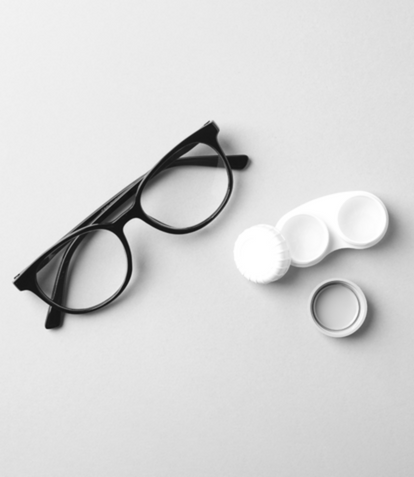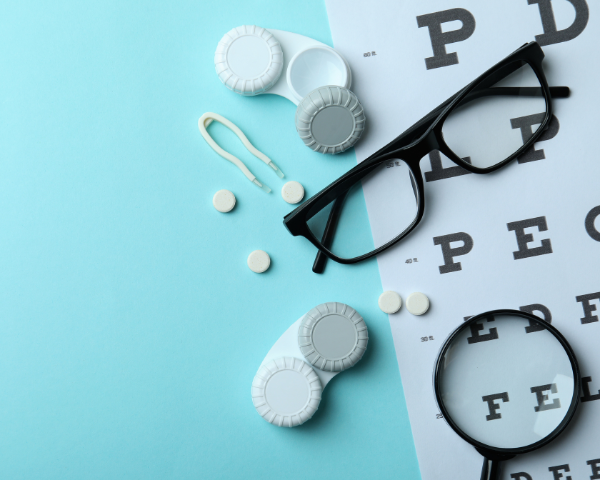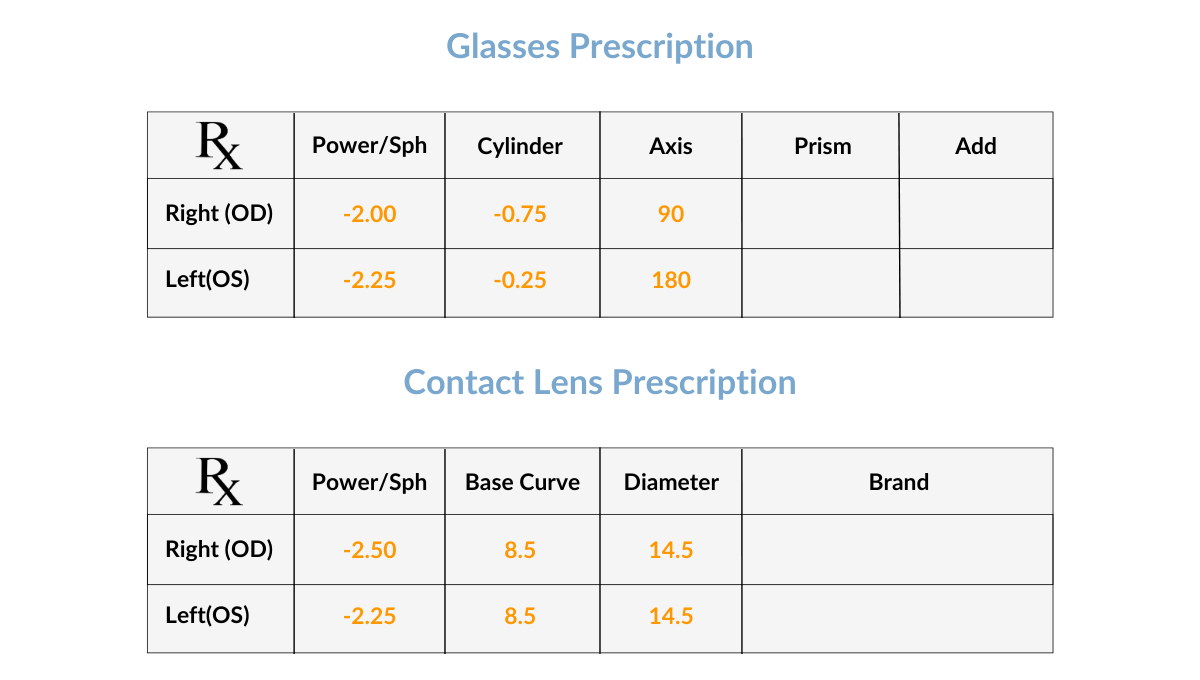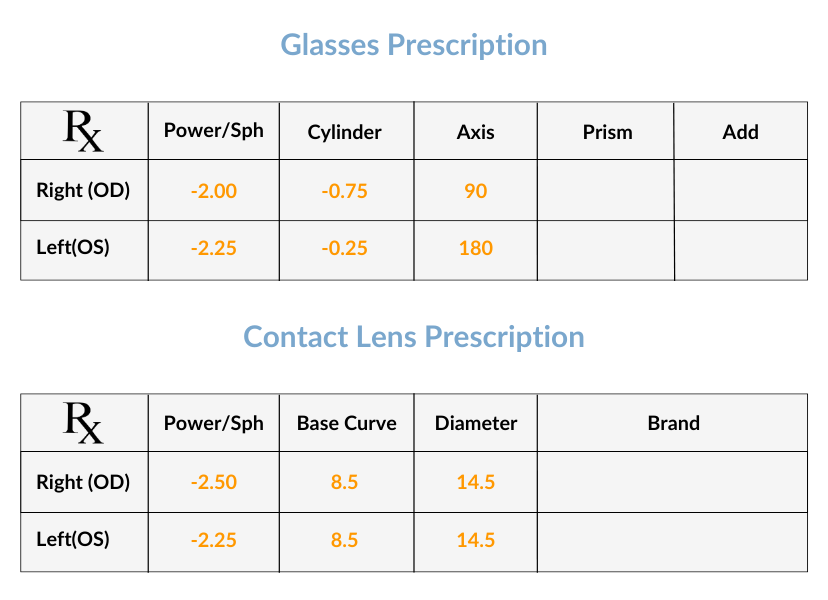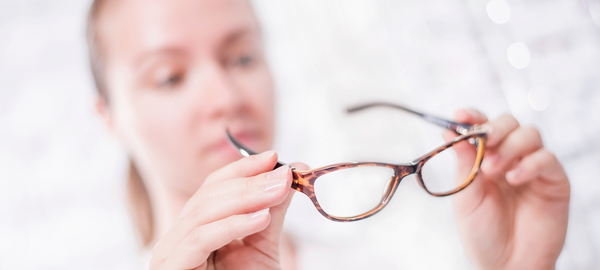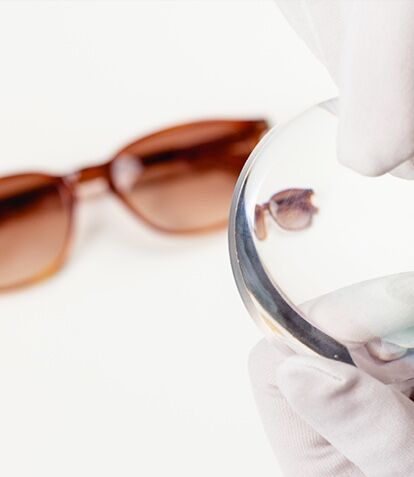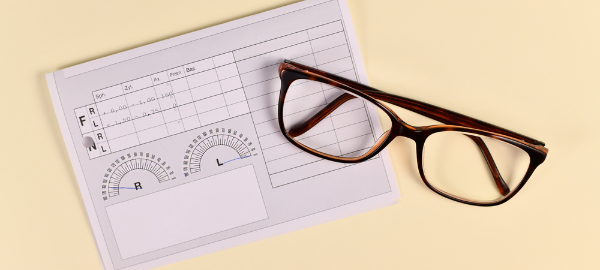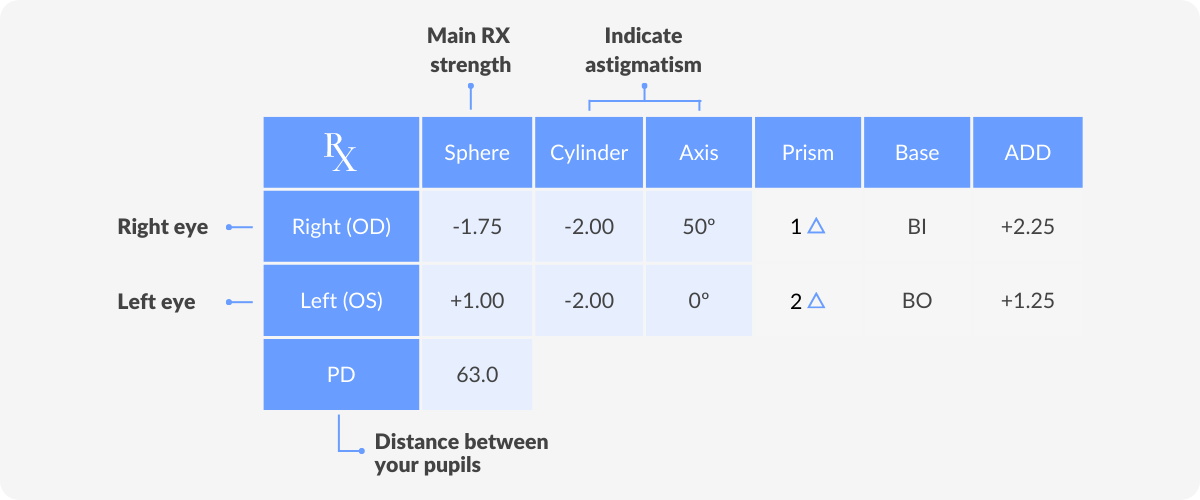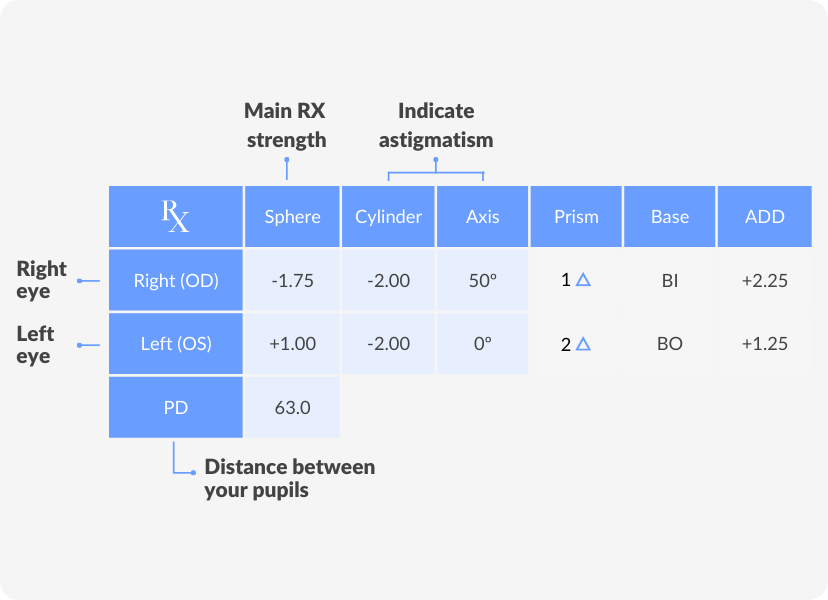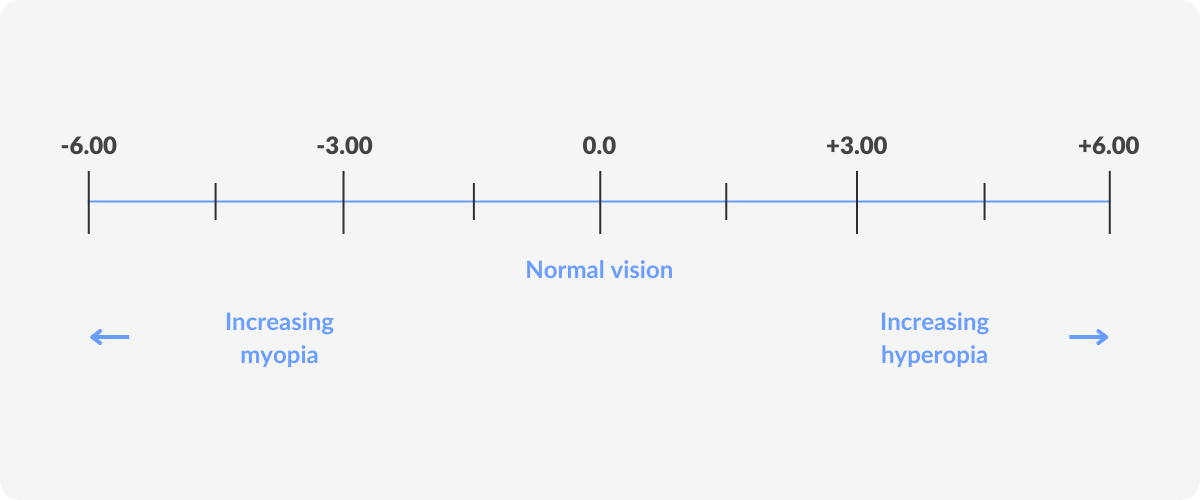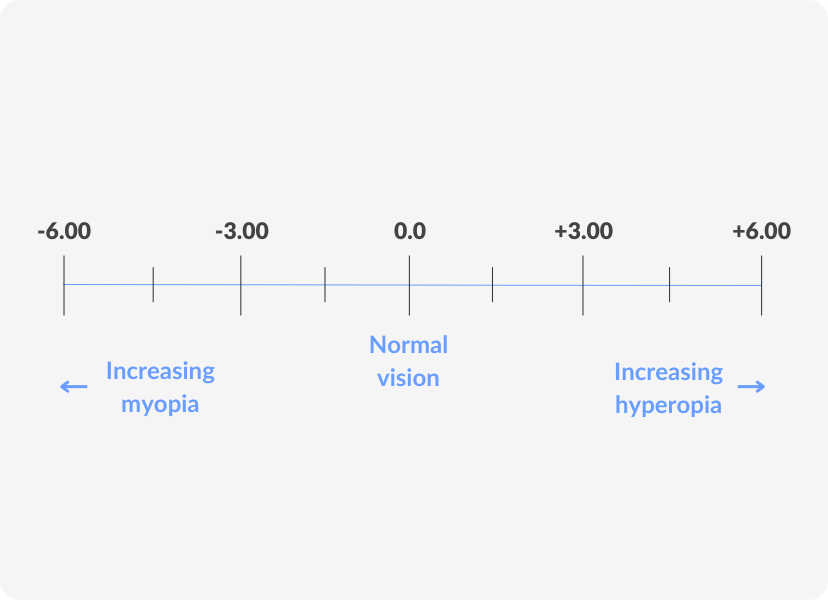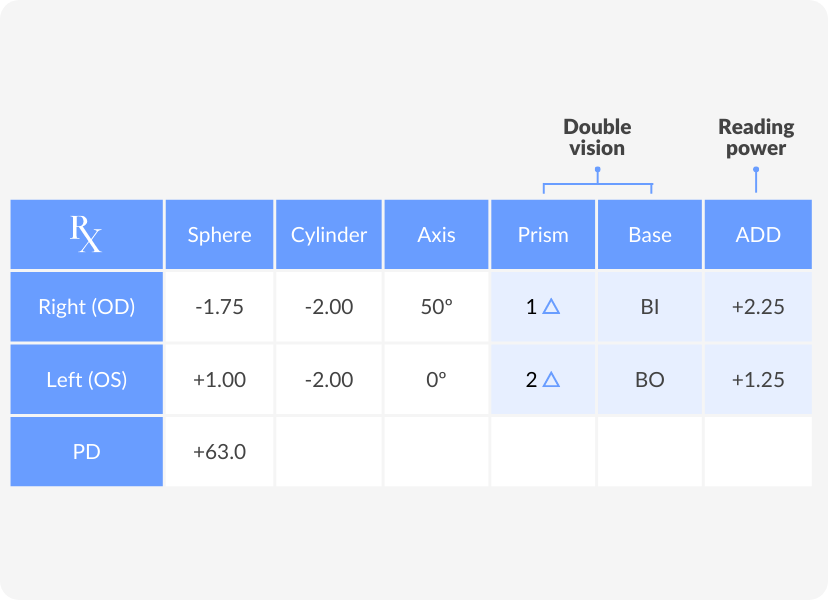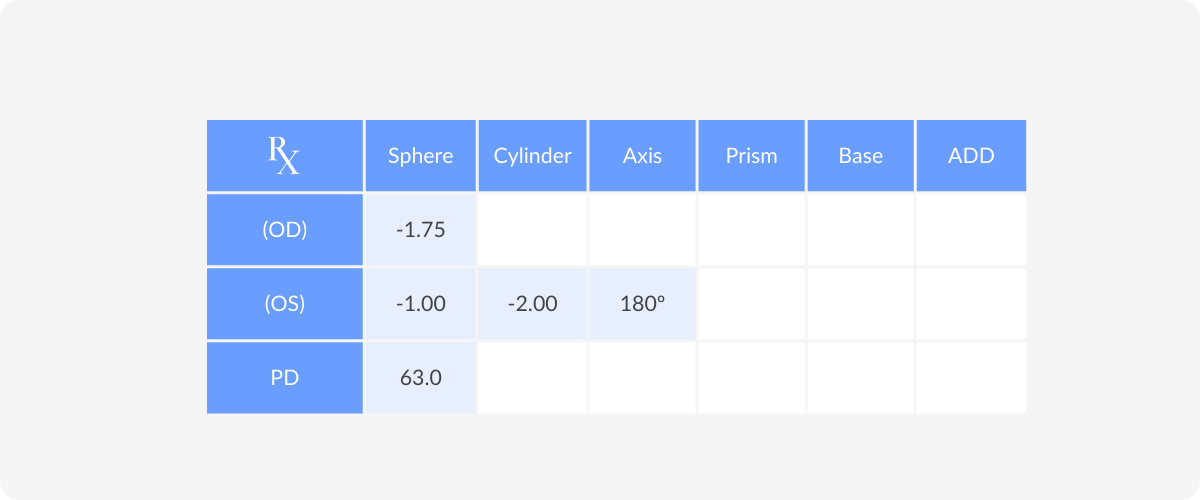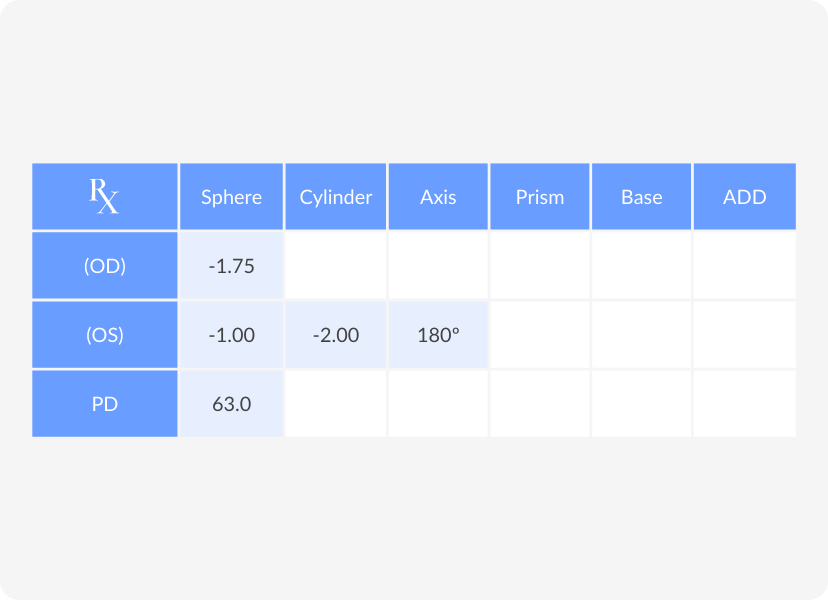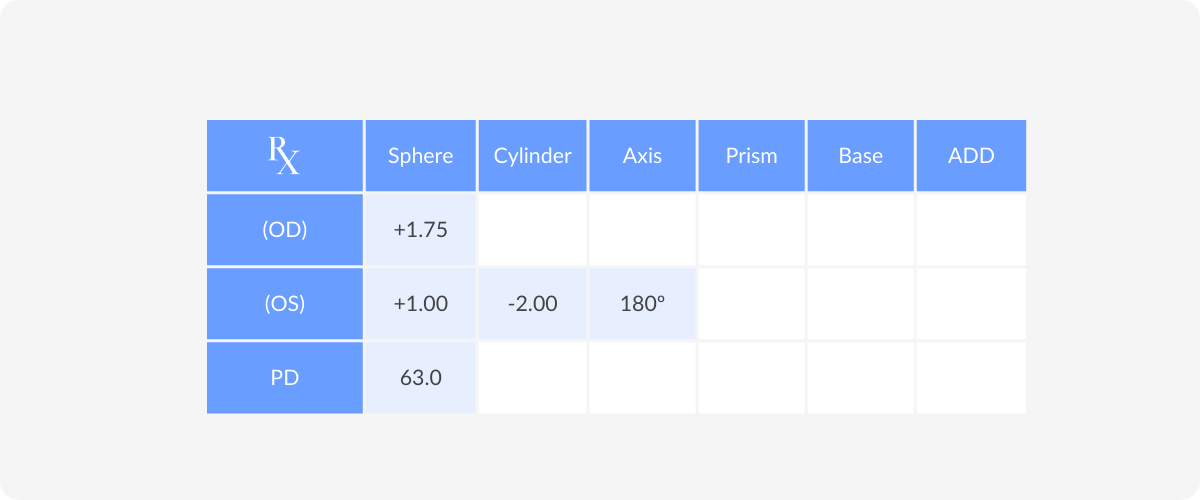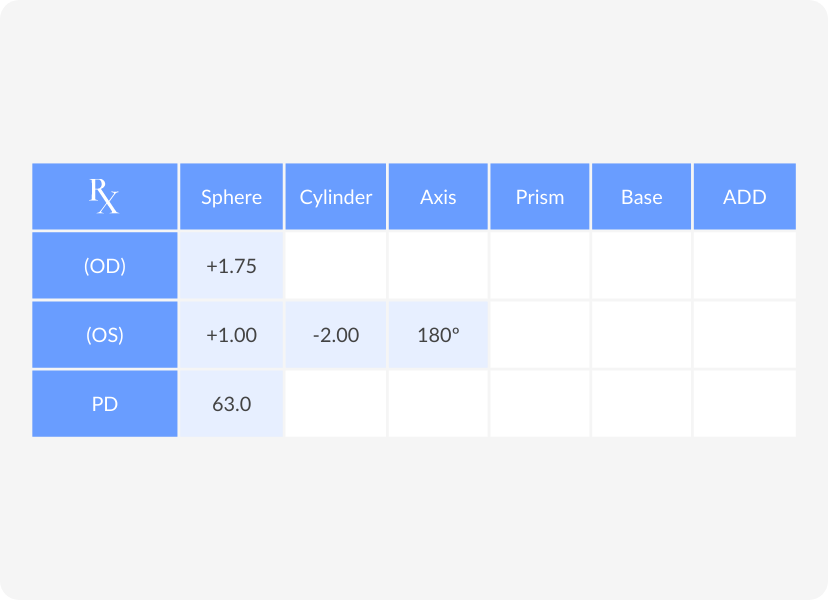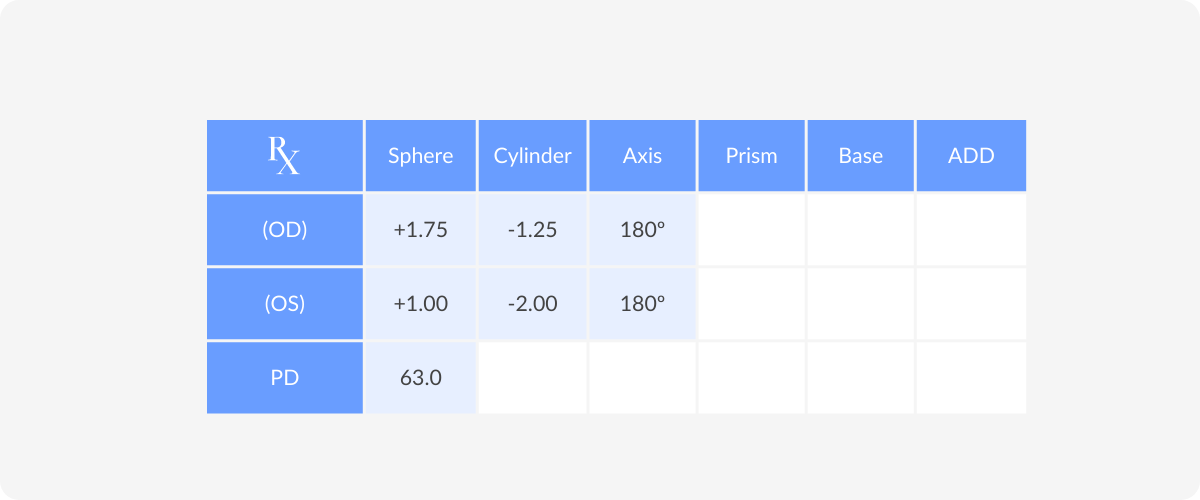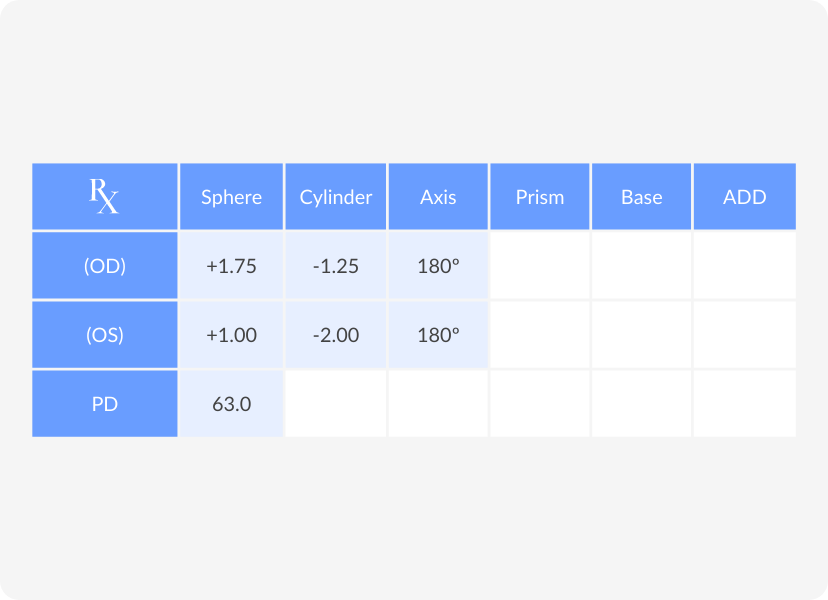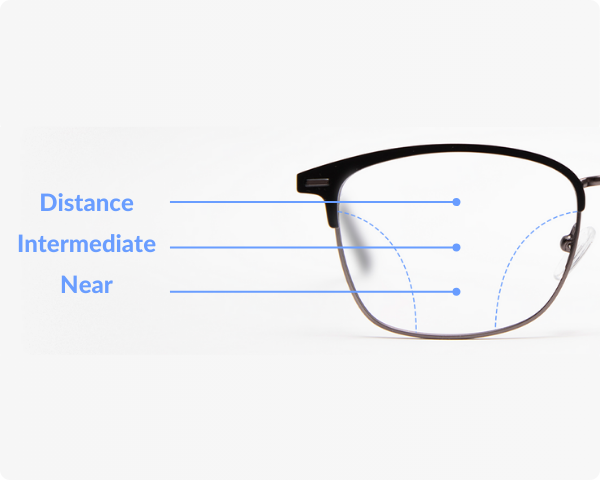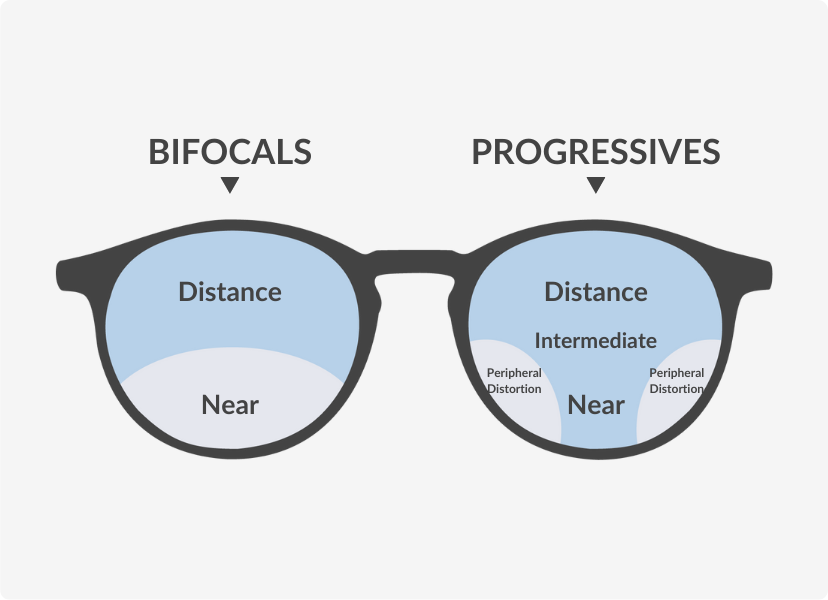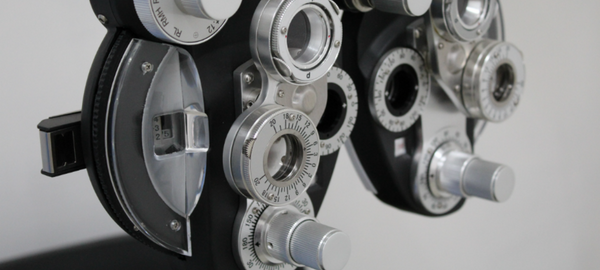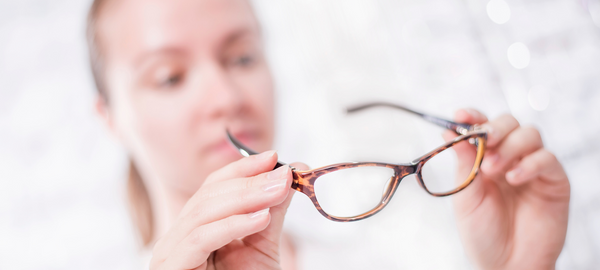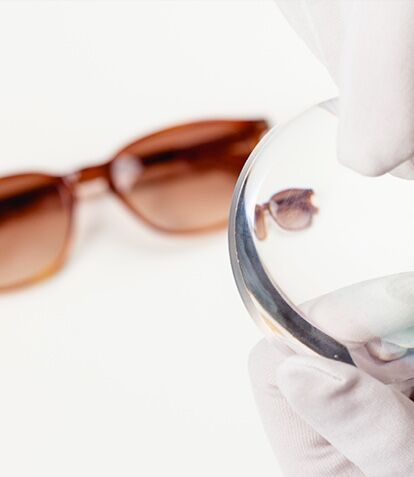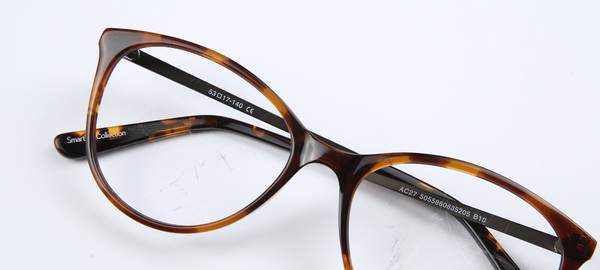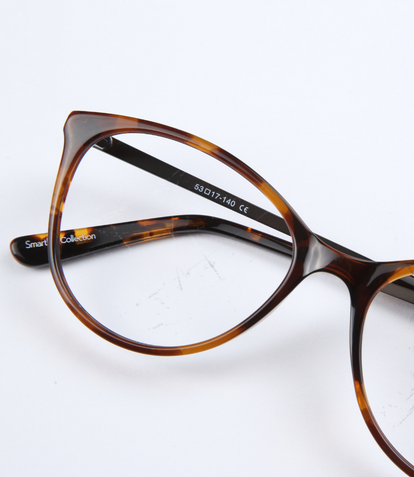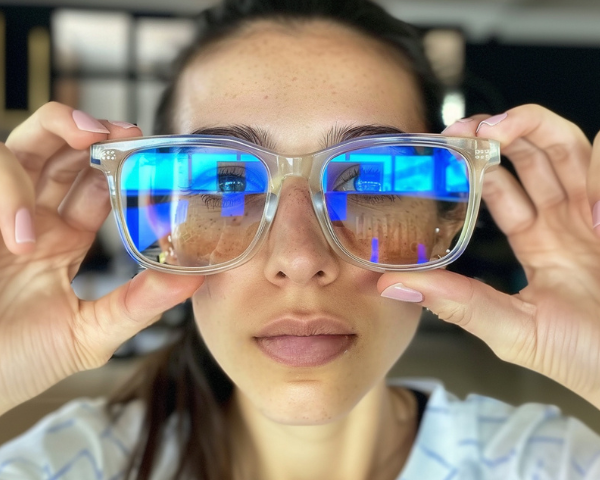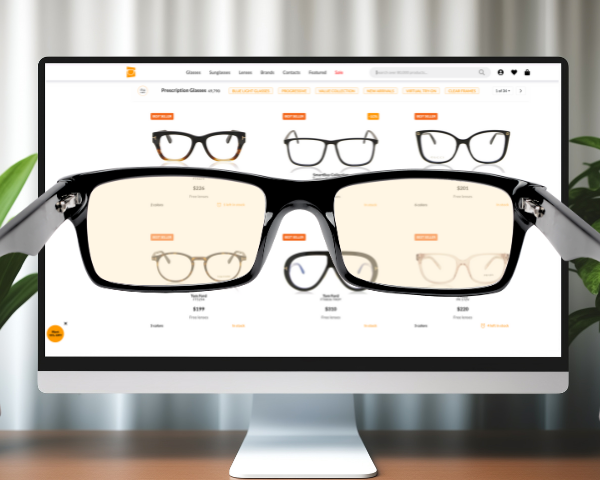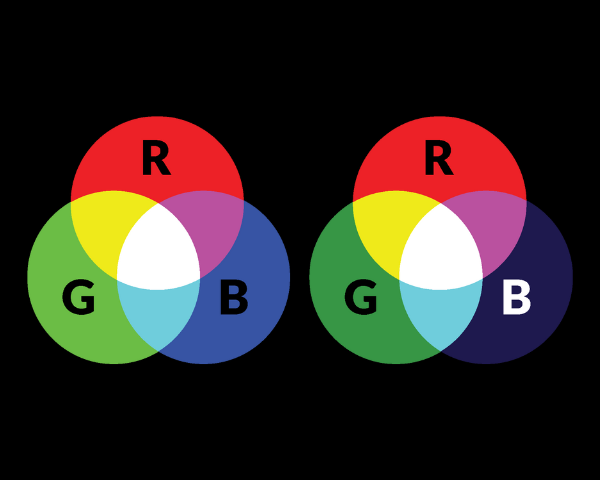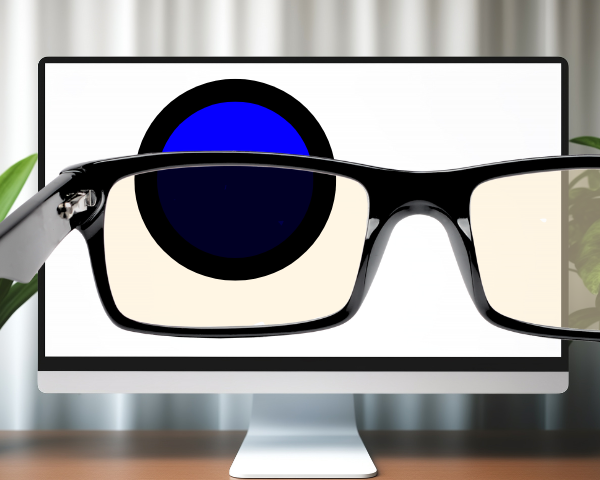What is Presbyopia?
Presbyopia is defined as the gradual loss of your eye’s ability to focus on nearby objects. It is an age-related condition and symptoms usually begin at around age 40. You may notice that it is harder to focus when reading, writing or working at the computer because you cannot see the close objects clearly.
Presbyopia should not be confused with other common eye conditions, such as astigmatisms, nearsightedness or farsightedness. These conditions are related to the shape of the eyeball and are enhanced by genetic and environmental factors. However, near vision loss associated with presbyopia is caused by a gradual thickening and loss of flexibility of the natural lens inside your eye.
Presbyopia is a very common eye condition. Worldwide, 1 in 7 people are considered presbyopic and experience near vision loss to some degree because of these age-related symptoms. People who have this eye condition find they need to hold books, newspapers, menus and other reading materials at arm’s length in order for their eyes to focus properly.
Presbyopia Treatment: Eyewear
Treating presbyopia is very straightforward. Prescription glasses with bifocal or progressive addition lenses (PALs) are the most common options for presbyopia symptoms.
Bifocal lenses are glasses constructed with two points of focus. The centre and main part of the spectacle lens contains a prescription for distance vision, while the bottom portion of the lens is made for enhancing near vision, for when you are reading a menu or doing some desk work.
Progressive lenses are similar to bifocal lenses but they offer a gradual transition between the two prescription lenses, so there is no visible line on your eyeglasses.
Reading glasses are also another option for presbyopia symptoms. You can have these glasses fitted with your unique presbyopia prescription so you can wear these glasses while you read or work.
In addition, there are also multifocal contact lenses available to treat presbyopia symptoms. Multifocal contact lenses are available in both gas permeable and soft lens material.
Presbyopia Treatment: Surgery
There are a few surgical options to treat presbyopia symptoms as well.
PresbyLASIK is a new presbyopia-correcting surgery that is now undergoing clinical trials in the U.S. This new procedure uses an excimer laser to create a multifocal ablation directly on the eye’s clear front surface. This will again enable vision at multiple distances.
LASIK can also be used to create monovision, where one eye is corrected for near vision and the other eye is stronger for distance vision.
Some other experimental treatments are being tried as well. One study involves injecting an elastic gel into the capsular bag, which is the structure in the eye that contains the natural lens. In theory, the gel would replace the natural lens and serve as a new, more elastic lens.
In addition, some people undergoing cataract surgery may be able to achieve clear vision at all distances if they choose to use presbyopia-correcting intraocular lenses.
What is presbyopia?
Presbyopia defined as the gradual loss of your eye’s ability to focus on nearby objects. It is an age-related condition and symptoms usually begin at around age 40. You may notice that it is harder to focus when reading, writing or working at the computer because you cannot see close objects clearly.
Presbyopia should not be confused with other common eye conditions, such as astigmatisms, nearsightedness or farsightedness. These conditions are related to the shape of the eyeball and are enhanced by genetic and environmental factors. However, near vision loss associated with presbyopia is caused by a gradual thickening and loss of flexibility of the natural lens inside your eye.
Presbyopia is a very common eye condition. Worldwide, 1 in 7 people are considered presbyopic and experience near vision loss to some degree because of these age-related symptoms. People who have this eye condition find they need to hold books, newspapers, menus and other reading materials at arm’s length in order for their eyes to focus properly.
Presbyopia symptoms
How do I know if I have Presbyopia? That is a common question when growing older and realising that the eye sight isn’t what it used to be. The symptoms are usually related to the ability to see objects at a close range as well as difficulties reading small print. Other symptoms of presbyopia include:
• Squinting, especially when looking at close range
• Having difficulties reading small print text
• Headache and eye strain after reading
• Adjusting the reading material and holding it at arm’s length
• Wanting brighter conditions to read or work in
• Eye fatigue
If you are experiencing any of these symptoms you should ask your eye doctor for a comprehensive eye exam. An eye exam will typically include various tests to check the health of your eye and distinguish any diseases or conditions. Even if you do not have any symptoms, an eye screening is recommended for adults at the age of 40 to identify vision change and any signs of various sight impairment.
What causes presbyopia?
The lens of the eye is flexible and elastic and can change it’s length or shape relatively easy. The eye is surrounded by muscles that help shape the lens and helps adjust it to be able to register both close and distant objects accordingly.
Why do most people develop presbyopia as they age? Your lens and muscles fibers gradually lose some of their flexibility and elasticity with age. The hardening of the lens affects how the muscles can shape and adjust the lens but also how the lens focuses light directly onto the retina. This natural condition therefore affects the ability to focus on close images becomes limited.
Presbyopia treatment: eyewear
Treating presbyopia is very straightforward and there are a number of different presbyopia treatment options available. Prescription glasses with bifocal or progressive addition lenses (PALs) are the most common options for presbyopia symptoms.
Bifocal lenses are glasses constructed with two points of focus. The centre and the main part of the spectacle lens contains a prescription for distance vision, while the bottom portion of the lens is made for enhancing near vision, for when you are reading a menu or doing some desk work.
Progressive lenses are similar to bifocal lenses but they offer a gradual transition between the two prescription lenses, so there is no visible line on your eyeglasses.
Reading glasses are also another option for presbyopia symptoms. You can have these glasses fitted with your unique presbyopia prescription so you can wear these glasses while you read or work. There are also non prescription reading glasses that you can typically try out and purchase at drug stores and other retail stores.
Presbyopia treatment: contact lenses
In addition, there are also multifocal contact lenses available to treat presbyopia symptoms. Multifocal contact lenses are available in both gas permeable and soft lens material.
Bifocal contact lenses offer the same visual correction as bifocal glasses.
Another possibility is monovision contact lenses where you use a distance vision lens for one eye and a different contact lens for close work or reading in your other eye. You can also get modified monovision contact lenses where one eye uses a bifocal contact lens and the other one uses as distance vision lens. Both eyes will then be used for seeing far away and one is used for reading. Your brain will adjust as needed and process the image but it takes some getting used to.
Presbyopia treatment: surgery
There are a few surgical options to treat presbyopia symptoms as well.
PresbyLASIK is a new presbyopia-correcting surgery that is now undergoing clinical trials in the U.S. This new procedure uses an excimer laser to create a multifocal ablation directly on the eye’s clear front surface. Presbyopia LASIK eye surgery helps regain vision at multiple distances.
LASIK can also be used to create monovision, where one eye is corrected for near vision and the other eye is stronger for distance vision.
Some other experimental treatments are being tried as well. One study involves injecting an elastic gel into the capsular bag, which is the structure in the eye that contains the natural lens. In theory, the gel would replace the natural lens and serve as a new, more elastic lens.
In addition, some people undergoing cataract surgery may be able to achieve clear vision at all distances if they choose to use presbyopia-correcting intraocular glasses.





































